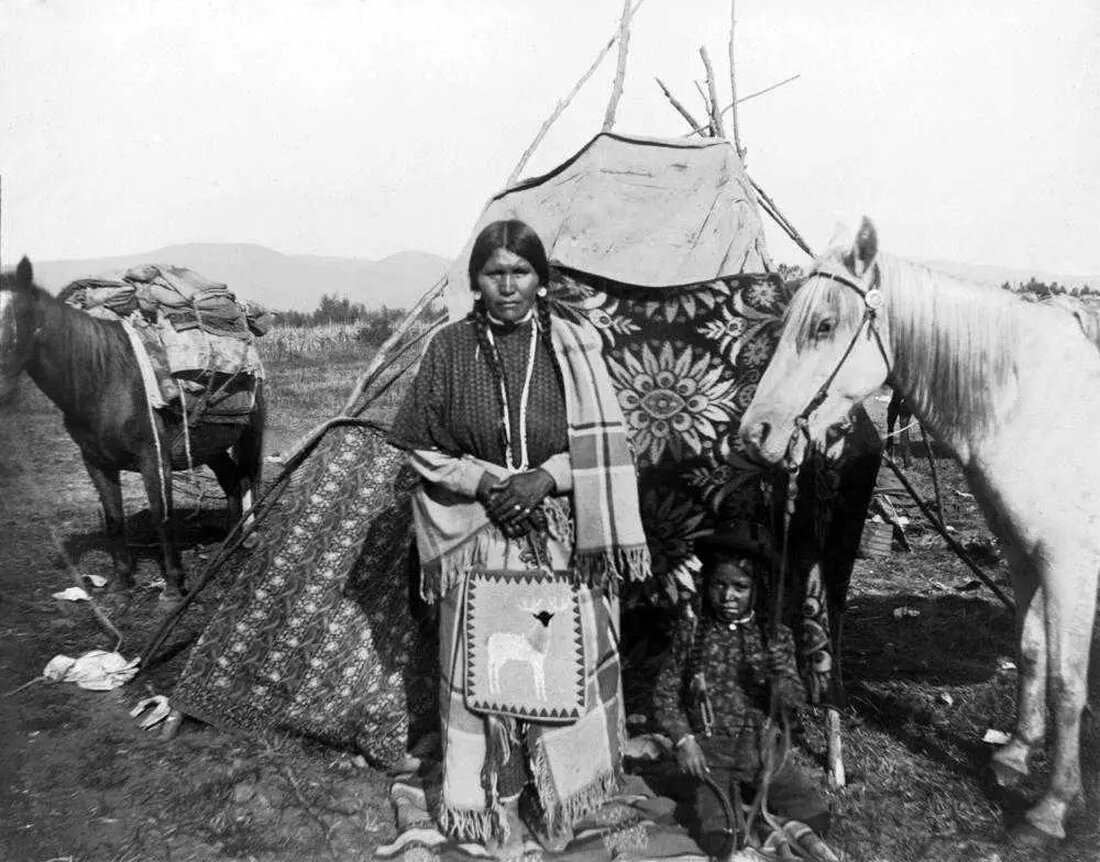The Healing Power of Nature: Native American Plants as Innovative Health Solutions
Echinacea (Echinacea purpurea) Overview: Echinacea is a bright purple flower known for its powerful medicinal properties. It originally comes from the vast plains of the Great Plains. Traditional Use: Many Native American tribes valued Echinacea for its ability to stimulate the immune system. It was considered a proven remedy against infections. Modern Research: Modern studies have shown that echinacea can not only improve immunity but also reduce the duration and severity of cold symptoms. However, it is important to note that while many people benefit from echinacea, some side effects such as skin rashes or worsening of asthma symptoms may occur. White Sage (Salvia apiana) Overview:...

The Healing Power of Nature: Native American Plants as Innovative Health Solutions
Echinacea (Echinacea purpurea)
Overview:
Echinacea is a bright purple flower known for its powerful medicinal properties. It originally comes from the vast plains of the Great Plains.
Traditional Use:
Many Native American tribes valued echinacea for its ability to stimulate the immune system. It was considered a proven remedy against infections.
Modern research:
Modern studies have shown that echinacea can not only improve immunity, but also reduce the duration and severity of cold symptoms. However, it is important to note that while many people benefit from echinacea, some side effects such as skin rashes or worsening of asthma symptoms may occur.
White Sage (Salvia apiana)
Overview:
White Sage is found primarily in California and Baja California and has spiritual significance in various Native American ceremonies.
Traditional Use:
In addition to being venerated in various rituals, white sage was used as a treatment for respiratory illnesses such as colds and sore throats.
Modern research:
Recent studies suggest that white sage has antimicrobial and anti-inflammatory properties and may therefore help fight infections.
Yarrow (Achillea millefolium)
Overview:
Yarrow is a delicate plant with white flowers and has both aesthetic and therapeutic effects.
Traditional Use:
Historically, yarrow was used by tribes, particularly the Navajo Indians, to stop bleeding and promote wound healing. In addition, it was taken orally to relieve inflammation in the digestive tract.
Modern research:
While its wound-healing abilities are widely accepted, other claims, such as its use for headaches or fevers, await further scientific validation.
Black Cohosh (Actaea racemosa)
Overview:
This tall perennial plant is native to the eastern part of the United States and has been used medicinally for centuries.
Traditional Use:
Native Americans used Black Cohosh to treat a variety of ailments, from musculoskeletal pain and fever to menstrual disorders.
Modern research:
Recent studies suggest that Black Cohosh may have estrogen-like effects, potentially providing relief from menopausal symptoms. However, there is an ongoing debate about its safety, particularly with regard to liver health.
Bearberry (Arctostaphylos uva-ursi)
Overview:
This low-growing evergreen shrub is known for its robust red berries and glossy leaves.
Traditional Use:
The leaves of this plant, also called Kinnikinnick, were brewed into a tea by Native Americans to combat urinary tract infections.
Modern research:
Aside from its traditional use, Bearberry has been found to have antimicrobial properties, making it a potential ally against various infections.
Mugwort (Artemisia vulgaris)
Overview:
This aromatic plant, with its dark green leaves and reddish stems, was part of ancient medicinal practices.
Traditional Use:
Mugwort was valued by Native Americans for its ability to treat indigestion and menstrual disorders.
Modern research:
Although it is considered beneficial for anxiety and sleep quality, more extensive research is needed to confirm these claims.
Devil's Club (Oplopanax horridus)
Overview:
This plant has large, maple-like leaves and thorny stems and is native to northwest America.
Traditional Use:
It was primarily used as a treatment for arthritis and general pain relief.
Modern research:
Some studies suggest that Devil's Club has anti-inflammatory and pain-relieving properties, making it promising for future pharmaceutical applications.
Red Root (Ceanothus americanus)
Overview:
This deciduous shrub with its white flowers is an integral part of traditional medicine.
Traditional Use:
From respiratory and digestive disorders to toothaches, Red Root has been used as a proven remedy.
Modern research:
Some recent studies indicate its potential to inhibit the growth of certain cancer cells, making it a plant of great interest.
Sweetgrass (Hierochloe odorata)
Overview:
This aromatic herb is traditionally used in basket weaving and for medicinal applications.
Traditional Use:
In addition to its reputation for attracting positive energies, sweetgrass was used by Native Americans to treat eye infections and colds.
Modern research:
Preliminary research supports its antimicrobial properties, but further studies are needed to validate other traditional uses.
Wild Bergamot (Monarda fistulosa)
Overview:
With its bright lavender flowers, Wild Bergamot is a plant of beauty and utility.
Traditional Use:
Native American tribes like the Ojibwe used it for colds, fever and digestive problems. It was also considered a remedy for headaches and eye problems.
Modern research:
Modern science

 Suche
Suche
 Mein Konto
Mein Konto
